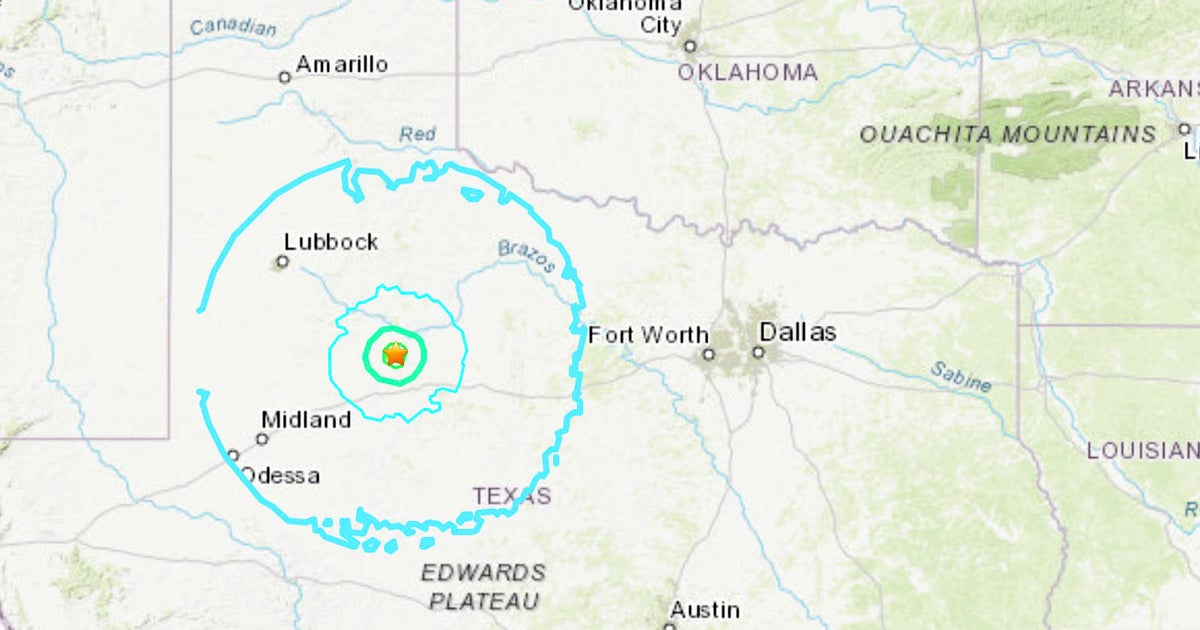Who can seek asylum in the United States?
On Wednesday the 5th Circuit Court of Appeals put SB 4, a controversial new Texas immigration bill on hold while the court continues to consider its constitutionality. However, the debate over how to reform the United States immigration system has dominated political conversations for months, as record numbers of migrants cross the southern border.
Many of those crossers have one end goal: to seek asylum. But it's a complicated process that not everyone qualifies for.
What is it?
Put simply, asylum is a way for people in fear for their lives to seek safety in another country.
The right to seek asylum was first enshrined by the United Nations General Assembly in 1948. It was later written into federal law by the United States in the Refugee Act of 1980.
Who qualifies?
Not everyone who wants to flee their home country is eligible for asylum under U.S. law. In fact, there are only five categories for asylum seekers. A person has to fear persecution due to:
- Race
- Religion
- Nationality
- Membership in a particular social group
- Political opinion
"Individuals may be coming here saying, 'I want a better future, the situation in my hometown is scary,'" said Priscilla Wilcox Steele, an immigration attorney. "Sometimes we have to break the news ... they may not be eligible for asylum."
The process
While the right to seek asylum is law, it's not a simple process. To apply, a migrant has to physically be present in the United States.
After entering the country, the next step is for the asylum-seeker to go through what's called a credible fear interview. This is where federal immigration agents ask questions to determine whether they believe there's a reasonable chance the individual will be persecuted if they return to the country they're fleeing.
If the migrant crosses that threshold, they're allowed to enter the country and they're given a year to submit an asylum application.
They're also given a court date, but they may have to wait a while for that date to come.
"What's happening is that these immigration court cases are very, very backlogged," said Wilcox Steele. "Someone might enter today ... their hearing might not be till 2025 or 2026."
If an asylum seeker's case is denied when they get their day in court, they can appeal. They have 30 days to do so, but it could take another year or two for the Board of Immigration Appeals to decide to either review the case or agree with the original decision.
If their asylum case is again denied, that doesn't necessarily mean the person has a removal order immediately. They may be given up to 120 days to voluntarily leave the country.
How many cases are denied?
An asylum-seeker's long-awaited day in court often ends in disappointment.
"A very small percentage of individuals actually have an asylum claim granted," said Wilcox Steele. "It's very hard."
Just how many asylum claims are denied? More than half, according to a database maintained by Syracuse University.
That database shows that from October 2020 through February 2024, there have been rulings in 786,103 asylum cases. Of those, 443,551 have been denied.




